Equine Therapy, also known as Horse-Assisted Therapy (or HAT), is a way to motivate adults to stay in addiction treatment programs for a long enough period of time to recover. Equine Therapy uses horses as metaphorical experiences that stimulate emotional growth. This is crucial in recovering from drug addiction and developing self-efficacy, self-concept, communication skills, trust, and perspective. A qualified therapist can observe the behavior and emotional reactions of each client with horses in order to help them establish healthy relationships between themselves, their friends, and family.
Horses and Substance Abuse Treatments
The main goals of equine therapy are to address subjects such as boundaries, communication, anxiety, focus, awareness, balance, coordination, memorization, and more. Because of their acute awareness of emotional and mental changes, horses play an important part in addiction therapy. The therapist examines the horse’s behavior in relation to the client’s moods, and then extracts information from their interactions with the horse.
A horse’s behavior is like a mirror, it reflects the depressed state or calm state of the handler. The behavior of a horse helps a client to become self-aware and builds trust because most clients perceive horses as friendly and non-judgmental. These interactions allow the client to let their guard down and give the therapist insight into their state of mind. The positive therapeutic partnership between horse and human improves the outcome of treatments.

Equine Therapy is Supported Scientifically
Many studies have discovered that women who chose horse-assisted therapy had great self-esteem and self realization after going through the process. This enabled them to end abusive relationships. Equine therapy and other animal-assisted therapies have been used to treat depression, anxiety, attention deficit disorder (ADD), substance abuse disorders, and other chronic diseases.
How Did Equine Therapy Start?
The history of therapeutic riding and therapy with horses dates back many years. Greek literature dating as far back as 600 B.C. shows that horseback riding was a form of therapy. The therapy was first formally introduced in Scandinavia in 1946 to treat poliomyelitis. Therapeutic horseback riding was then made possible in North America in 1960. It was a motivating form of recreation for people with disabilities.
Although other animals can be used for therapy, horses are the most well-known because of their immediate feedback. Horses are intimidating and large, which makes the client focus on gaining trust from the animal as well as trusting the animal in return.

How Does Equine Therapy Assist With Mental Health?
Equine therapy is a form of mental healthcare that involves horses and it is sometimes called equine assisted therapy (EAT). Although it may seem strange to use horses for mental health issues like anxiety, depression, or addiction, it is a common and popular treatment. Equine therapy is a popular treatment option for people suffering from mental disorders because it helps them to feel empowered and find relief from everyday life.
Although you might believe that horse therapy only involves riding horses, it isn’t just that. Equine therapy includes caring for and building relationships with them. Horses are sensitive and intelligent animals. It is impossible to expect them to trust you if you don’t first gain it. This means that horses have expectations of people who work with them. The person involved in addiction or mental health programs is now responsible.
What is Equine Therapy Used For?
The main advantage of working with horses is relationship-building skills. Equine Therapy teaches how to balance internal emotions, assertiveness, resilience, non-verbal communication, positive emotional growth, mindfulness, and more.
Building relationships and avoiding isolation are key components of addiction recovery and mental therapy. It is easy to fall back into old habits and relapse if you are isolated and lack healthy relationships. Both those with mental illness and addiction can benefit from Equine Therapy. It helps them to understand their responsibility to stay sober and build stronger relationships.

Who Benefits From Equine Therapy?
Working with horses can be beneficial for almost everyone. Equine therapy is particularly beneficial to those who are in addiction recovery dealing with some of the most commonly treated addictions or to those who suffer from anxiety, PTSD, ADHD, eating disorders, or depression. People tend to lose their confidence and retreat into isolation in any of these cases. These people can be helped to open up and control their impulses by therapy with horses. Horses are almost like a living mirror, giving immediate feedback on interactions.
How is Equine Therapy Applied?
Horsemanship can include more than riding, cleaning, and grooming. The session’s therapist will usually set goals for each session. One session may involve the patient leading the horse from one place to the next or attaching a halter to the horse. The patient and therapist will discuss their ideas and thoughts about how they completed the duty.
This application is for people suffering from anxiety because it encourages the patient to be present and focused, rather than worrying about the future or past. They need to communicate with their handler, the therapist, and the animal. This kind of “living in the present” activity is also beneficial for those suffering from depression or other mental conditions.
Cognitive therapy is another application that allows patients to focus on the animal that they are working with. Equines may react to danger by becoming hyper-aware of the world around them. These changes can be seen and felt by patients as they watch the animal. The patient should remain calm and accept responsibility for the animal’s fear.
Scheduling is a common part of this therapy because people with certain disorders may avoid their personal responsibilities. These people can regain their sense of structure and responsibility by scheduling activities to care for and work with animals.
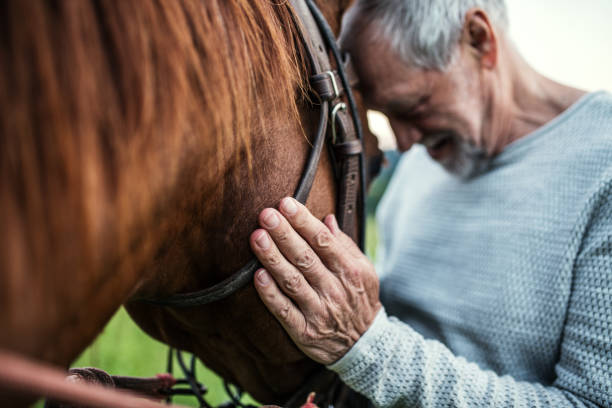
Why Are Horses Great For These Types of Therapies?
Equines are intelligent, sensitive, impartial, and non-judgemental. They react only to the way the person acts and how they feel about it. They are not concerned about past mistakes or appearances. This is often described by patients as a relief in therapy, and it can help with self-esteem and confidence.
Equines are also herd animals which make them prey animals. They are vigilant and alert for dangers, which means that they are keenly aware of their surroundings. They are also able to adapt to human interactions. Patients have the unique chance to feel loved by another being when they go through therapy with horses.
Conclusion
Equine-assisted therapy is a great option for those suffering from anxiety, depression, or other mental disorders. Many rehab centers provide this type of therapy both for addiction treatment and mental healthcare treatment.
For those who are looking for meaning and a new hobby, equine therapy can be very beneficial for their addiction treatment. Many people can experience profound changes in their behavior and thoughts. Contact a reputable drug rehab to learn more about our programs.



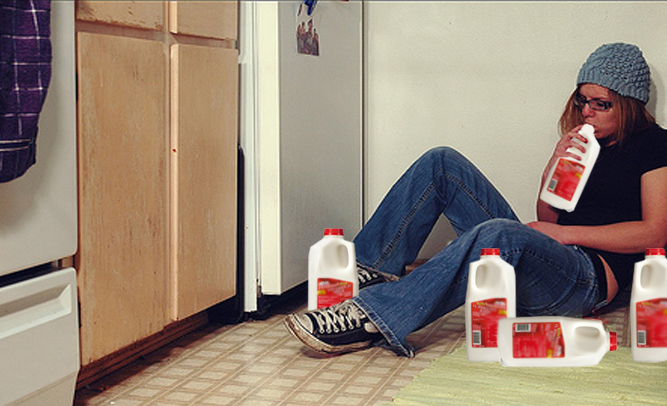
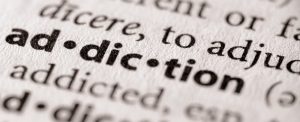 It’s important before you have a surgery to plan ahead. Talk to your doctor about managing your pain. Many painkillers for post-opt are very easy to become addicted to. Knowing what to expect beforehand can help you be hyper-aware of whether you may be on the path to becoming addicted to your painkillers. If you have ever struggled with addiction in the past, let your doctor know so that you can find alternative methods to mediate your pain.
It’s important before you have a surgery to plan ahead. Talk to your doctor about managing your pain. Many painkillers for post-opt are very easy to become addicted to. Knowing what to expect beforehand can help you be hyper-aware of whether you may be on the path to becoming addicted to your painkillers. If you have ever struggled with addiction in the past, let your doctor know so that you can find alternative methods to mediate your pain. 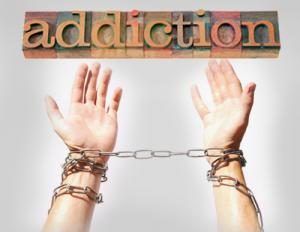
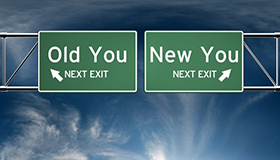 Maintaining awareness of your surroundings is just as important as who you surround yourself with. Your path to maintaining your sobriety will be a lot more difficult if you see temptation around every corner.
Maintaining awareness of your surroundings is just as important as who you surround yourself with. Your path to maintaining your sobriety will be a lot more difficult if you see temptation around every corner.  Urgent care centers are staffed by a physician helped by nurses’ medical assistants and physician assistants. Around 70 5 of urgent care centers have at least one doctor on site at all times. The doctors that urgent care centers mainly allocated according to their area of expertise 47.8% are specialized in family medicine 30.1 % in preventive medicine and 7.6% in internal medicine. The urgent care physicians can offer a broad range of services due to the kind of doctors they have on the site. The center can thus provide services that include broken bones lacerations requiring stitches, modest cuts and common injuries such as falling and other illnesses. These treatments are made possible due to the diagnostic and x-ray equipment that are present in the urgent care facilities. Many urgent care facilities are associated with
Urgent care centers are staffed by a physician helped by nurses’ medical assistants and physician assistants. Around 70 5 of urgent care centers have at least one doctor on site at all times. The doctors that urgent care centers mainly allocated according to their area of expertise 47.8% are specialized in family medicine 30.1 % in preventive medicine and 7.6% in internal medicine. The urgent care physicians can offer a broad range of services due to the kind of doctors they have on the site. The center can thus provide services that include broken bones lacerations requiring stitches, modest cuts and common injuries such as falling and other illnesses. These treatments are made possible due to the diagnostic and x-ray equipment that are present in the urgent care facilities. Many urgent care facilities are associated with  The
The